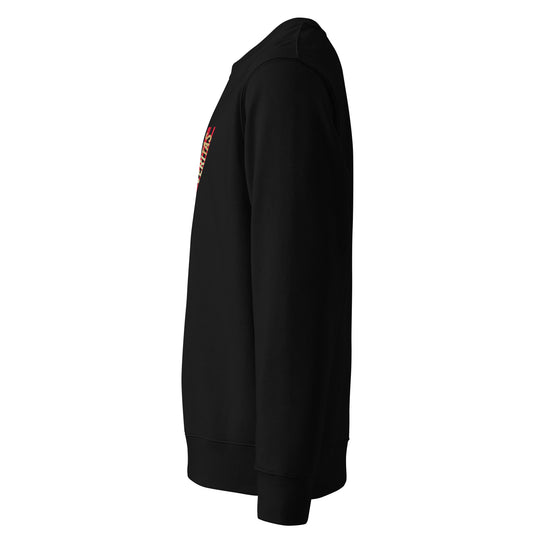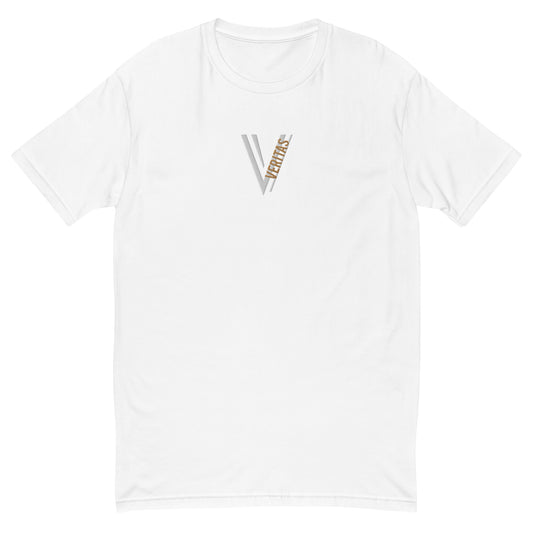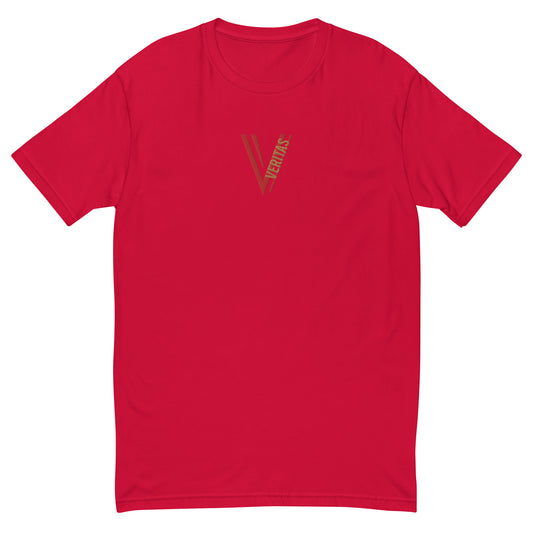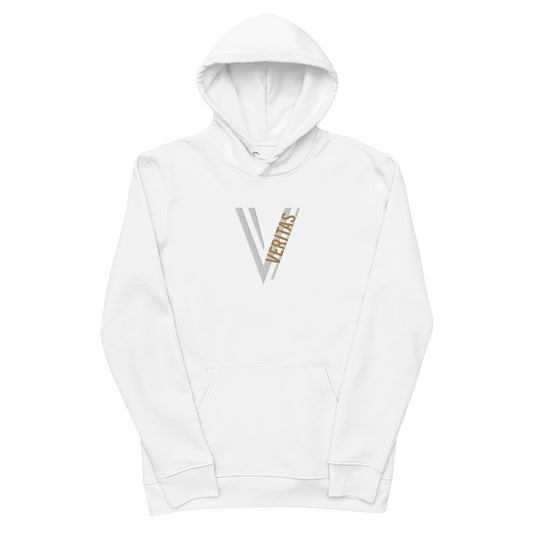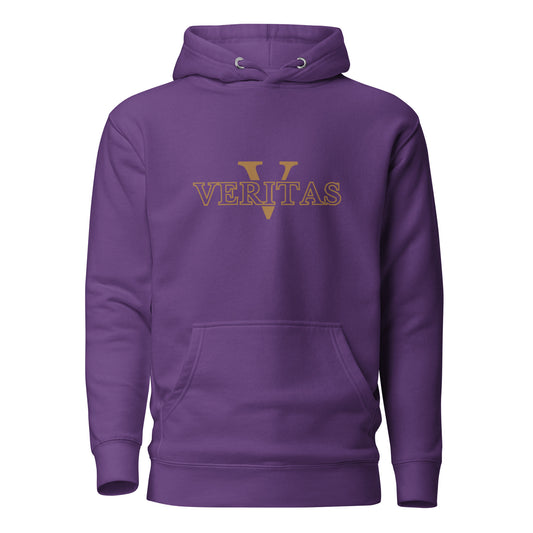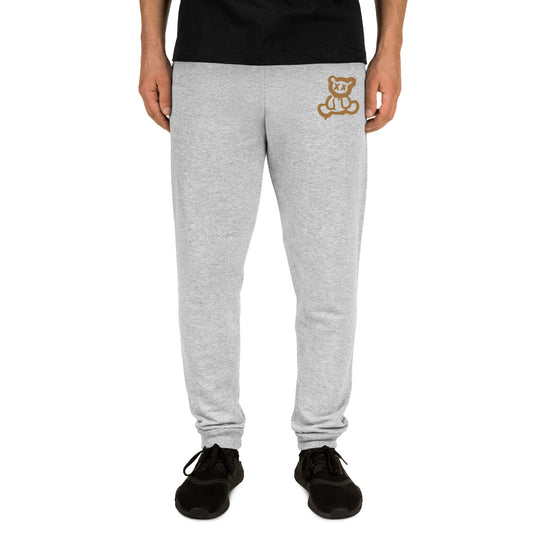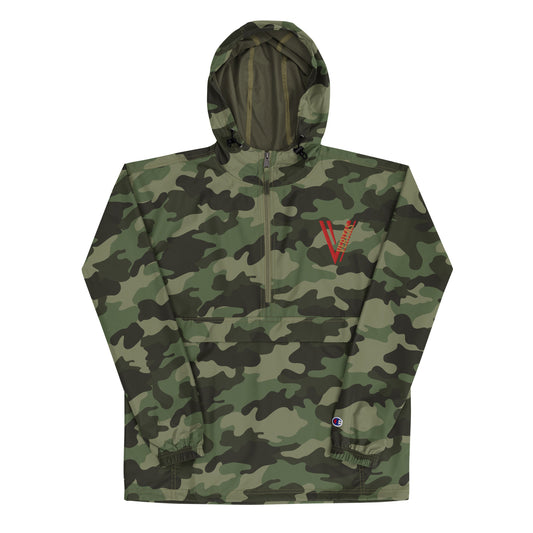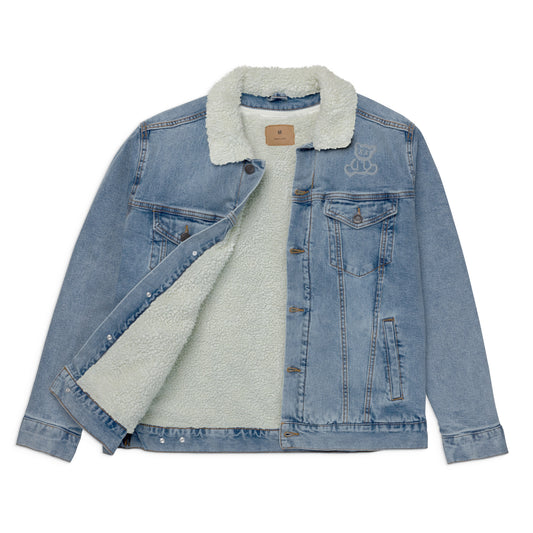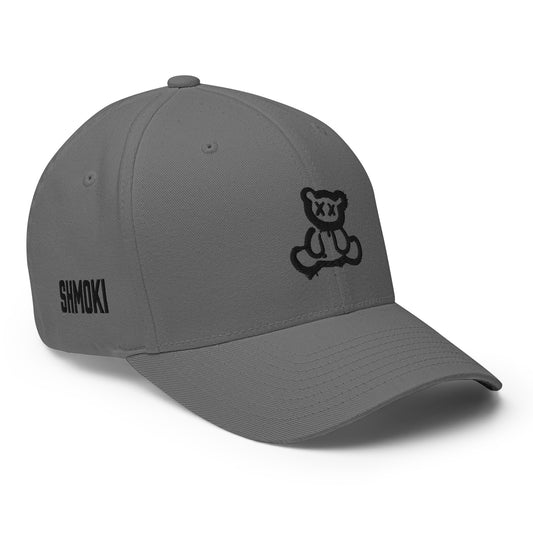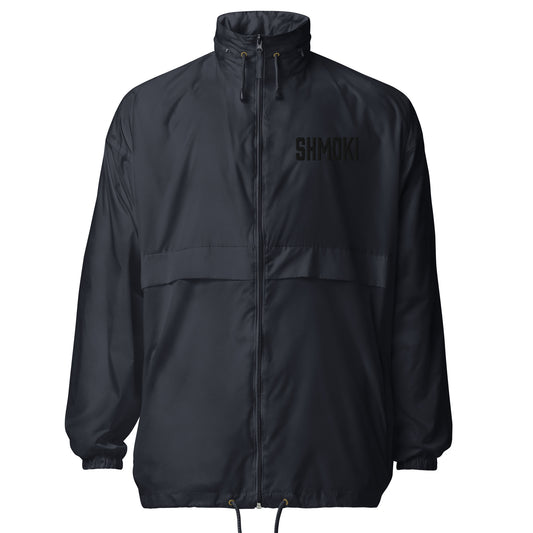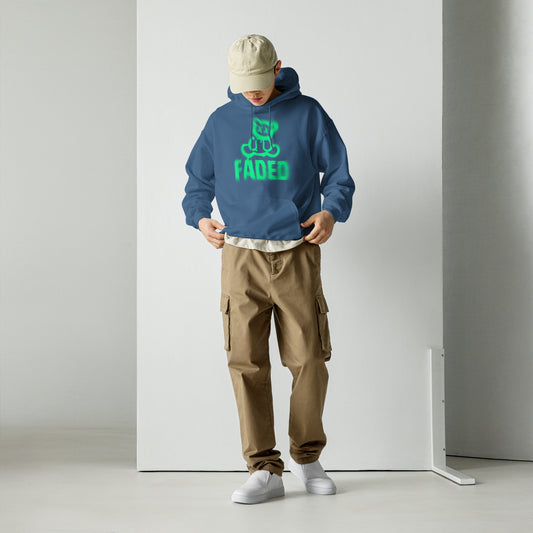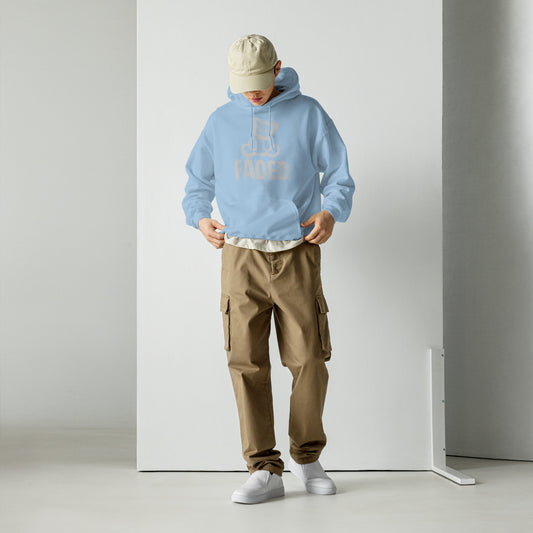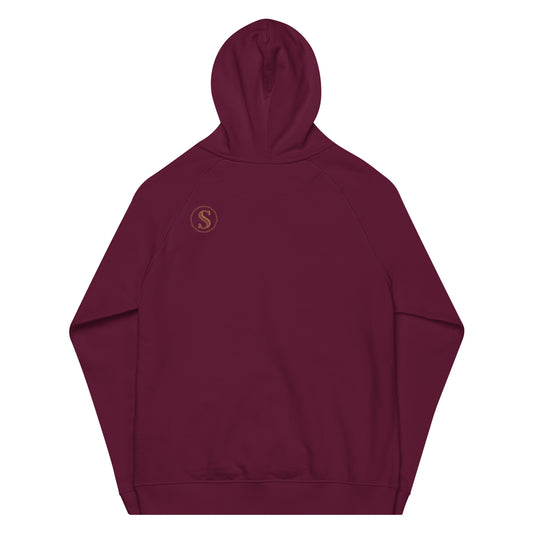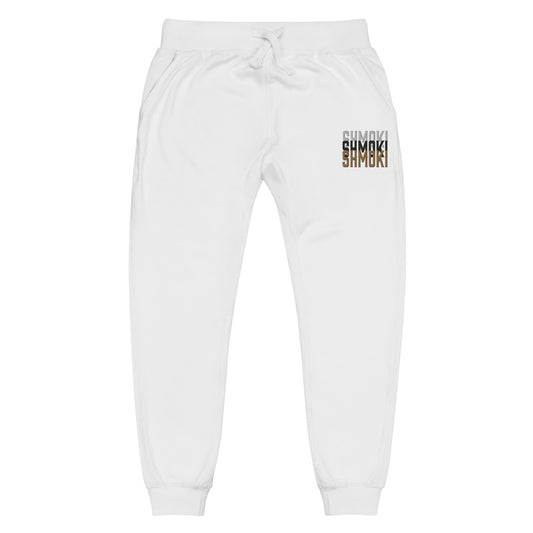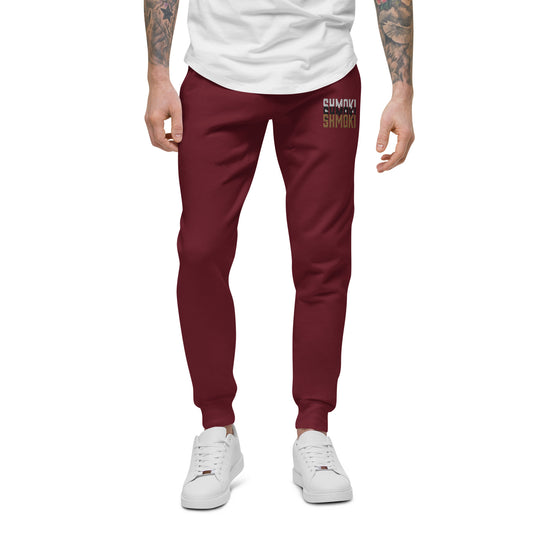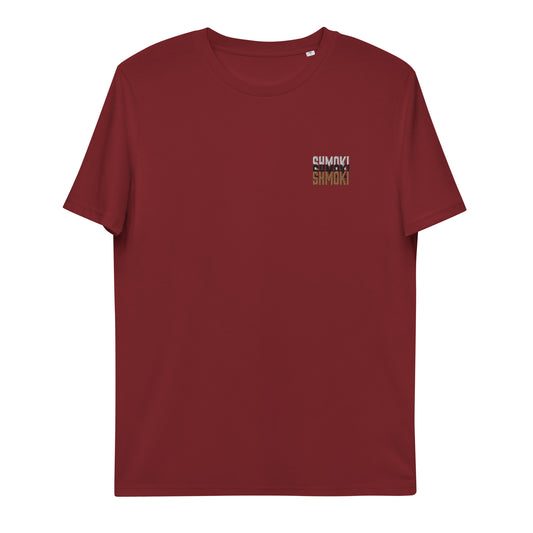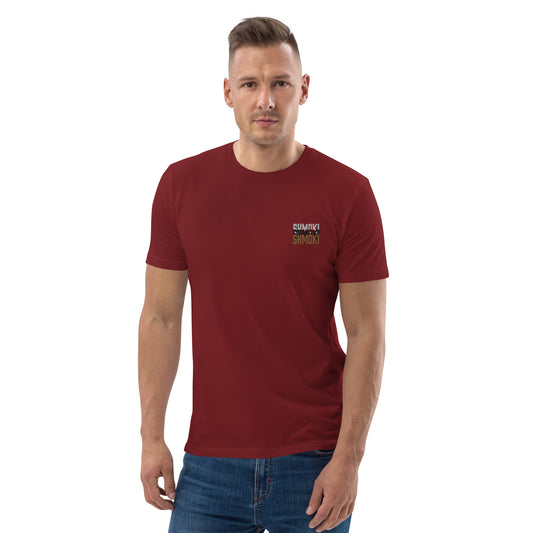-
Song Recording + mix
Regular price 300 SEKRegular priceUnit price per -
Default product
Regular price 0 SEKRegular priceUnit price per0 SEKSale price 0 SEK -
Recording Session
Regular price 0 SEKRegular priceUnit price per0 SEKSale price 0 SEK -
Default product
Regular price 0 SEKRegular priceUnit price per0 SEKSale price 0 SEK -
Veritas Premium Sweatshirt
Regular price From 986 SEKRegular priceUnit price per -
Veritas Fitted T-shirt
Regular price 350 SEKRegular priceUnit price per -
Veritas Premium Hoodie
Regular price 1 199 SEKRegular priceUnit price per -
M.E.D Hoodie
Regular price 550 SEKRegular priceUnit price per -
Faded Unisex Joggers
Regular price 499 SEKRegular priceUnit price per -
Veritas Champion Packable Jacket
Regular price 899 SEKRegular priceUnit price per -
Faded denim sherpa jacket
Regular price 1 650 SEKRegular priceUnit price per -
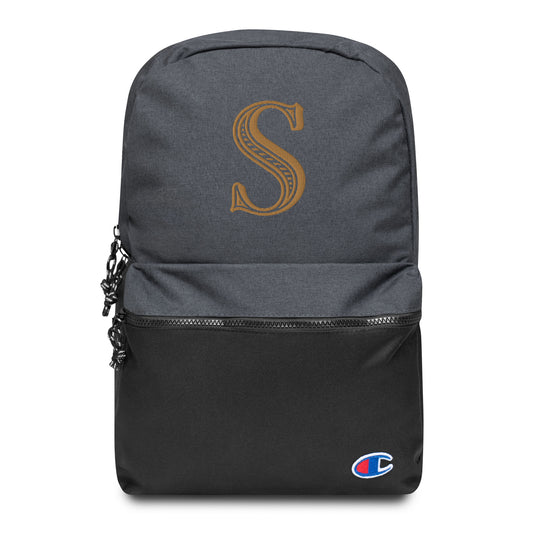
 Sold out
Sold out -
Faded Bucket Hat
Regular price 399 SEKRegular priceUnit price per -
Faded flexfit cap
Regular price 499 SEKRegular priceUnit price per -
Shmoki windbreaker jacket
Regular price 599 SEKRegular priceUnit price per -
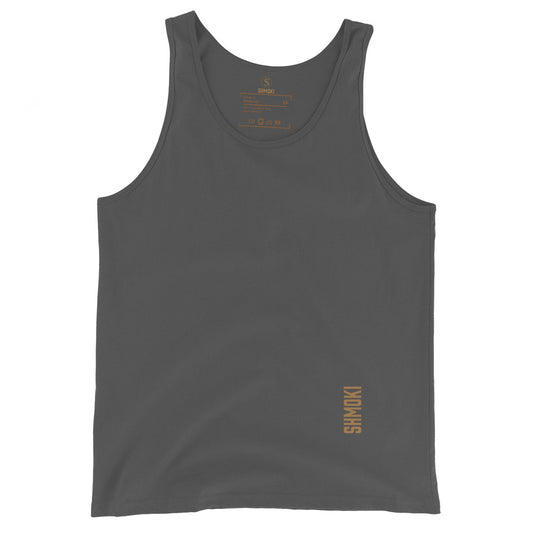
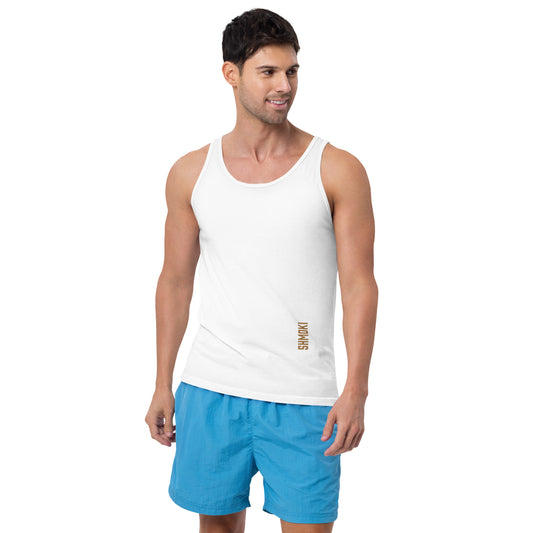 Sold out
Sold outShmoki Tank Top
Regular price From 299 SEKRegular priceUnit price per -
Camouflage S trucker hat
Regular price 399 SEKRegular priceUnit price per -
Indigo blue & light green Faded hoodie
Regular price 599 SEKRegular priceUnit price per -
White & pink Faded Hoodie
Regular price 599 SEKRegular priceUnit price per -
Sand & dark blue Faded Hoodie
Regular price 599 SEKRegular priceUnit price per -
Light blue & gray Faded Hoodie
Regular price 599 SEKRegular priceUnit price per -
Navy blue & gold Faded Hoodie
Regular price 599 SEKRegular priceUnit price per -
Military green & white Faded Hoodie
Regular price 599 SEKRegular priceUnit price per -
Black & Blue Faded Hoodie
Regular price 599 SEKRegular priceUnit price per
Featured collection
-
Shmoki hoodie V23
Regular price 599 SEKRegular priceUnit price per -
Shmoki fleece sweatpants V23
Regular price 599 SEKRegular priceUnit price per -
Shmoki sweatshirt V23
Regular price 499 SEKRegular priceUnit price per -
Shmoki cotton t-shirt V23
Regular price 349 SEKRegular priceUnit price per
About our clothing
Eco friendly
Eco-friendly clothing offers numerous benefits for both individuals and the planet. Here are some key advantages:
- Sustainability: Eco-friendly clothing is made from sustainable materials such as organic cotton, hemp, or recycled fibers. By choosing these options, you support the reduction of harmful chemicals, water conservation, and the preservation of natural resources.
- Reduced Environmental Impact: The production of eco-friendly clothing involves fewer toxic chemicals, pesticides, and synthetic dyes. This minimizes pollution and helps protect ecosystems, soil, and water sources from contamination.
- Healthier for You: Eco-friendly clothing is often made without harmful chemicals, making it better for your skin and overall health. Organic fabrics are free from allergens and irritants, providing a more comfortable and safe wearing experience.
- Ethical Manufacturing: Many eco-friendly clothing brands prioritize fair labor practices, ensuring safe working conditions and fair wages for garment workers. By supporting these brands, you contribute to improving workers' livelihoods and promoting social justice.
- Unique Styles: Eco-friendly fashion is no longer limited to basic designs. Today, you can find a wide range of stylish and trendy eco-conscious clothing options that allow you to express your individuality while making a positive impact.
By choosing eco-friendly clothing, you contribute to a more sustainable and responsible fashion industry, reduce your carbon footprint, and support a healthier planet for future generations.
Print on Demand
Print on Demand (POD) is a printing technique that offers eco-friendly benefits compared to traditional mass production methods. Here are some key advantages of the eco benefits of Print on Demand:
- Waste Reduction: With POD, products are only manufactured when an order is placed, eliminating the need for excessive inventory. This significantly reduces the risk of overproduction, minimizing waste and preventing unsold items from ending up in landfills.
- Energy Conservation: POD eliminates the need for large-scale manufacturing facilities and the associated energy consumption. Traditional production methods often require significant energy for manufacturing, transportation, and storage. In contrast, POD utilizes digital printing technology, which is more energy-efficient and reduces the carbon footprint.
- Water Conservation: Traditional textile manufacturing processes consume substantial amounts of water, from dyeing to washing and finishing. POD, on the other hand, employs advanced digital printing techniques that require minimal water usage, contributing to water conservation efforts.
- Chemical Reduction: Traditional printing methods involve the use of various chemicals, such as dyes, solvents, and fixatives, which can be harmful to the environment and human health. POD relies on water-based and eco-friendly inks that significantly reduce the release of toxic chemicals and pollutants.
- Local Production: POD allows for production to be closer to the end-consumer, reducing the need for long-distance shipping. This not only cuts down on transportation-related emissions but also supports local businesses and reduces delivery times.
By embracing Print on Demand, businesses can reduce waste, conserve energy and water, minimize chemical usage, and support sustainable and responsible production practices. This environmentally friendly approach aligns with the growing demand for eco-conscious products and contributes to a greener and more sustainable future.
Recycled materials
Clothing made from recycled materials offers significant eco-benefits, contributing to a more sustainable and circular fashion industry. Here are some key advantages of using clothing made from recycled materials:
- Resource Conservation: Clothing production typically requires the extraction of raw materials, such as cotton or petroleum-based synthetics. By utilizing recycled materials, we reduce the demand for new resources, minimizing the environmental impact associated with extraction and preserving natural resources.
- Waste Reduction: Recycling clothing and textile waste diverts materials from landfills, reducing the amount of textile waste that ends up in the environment. It helps mitigate the negative effects of textile disposal, such as pollution and greenhouse gas emissions.
- Energy and Water Savings: Creating clothing from recycled materials often requires less energy and water compared to manufacturing new textiles. Recycling processes, such as shredding, melting, and re-spinning, consume fewer resources and emit fewer pollutants, contributing to energy and water conservation.
- Reduction of Pollution: The production of clothing from virgin materials involves various processes that release pollutants into the environment, such as chemicals, dyes, and greenhouse gases. By utilizing recycled materials, we decrease the need for these processes, reducing pollution levels and minimizing the carbon footprint.
- Encourages Circular Economy: Using clothing made from recycled materials supports the concept of a circular economy by extending the lifespan of textiles. It promotes a system where products are reused, recycled, and repurposed, reducing waste generation and creating a more sustainable fashion industry.
By choosing clothing made from recycled materials, we actively participate in reducing waste, conserving resources, minimizing pollution, and supporting a circular economy. It's a positive step towards a more sustainable future and a fashion industry that values environmental responsibility.
Style
Experience the perfect blend of style and comfort with our unique designs. We believe that you shouldn't have to sacrifice one for the other. Our collection offers trendy and fashion-forward pieces that prioritize your comfort without compromising on style. Discover the joy of feeling confident and effortlessly stylish in our exclusive designs.



